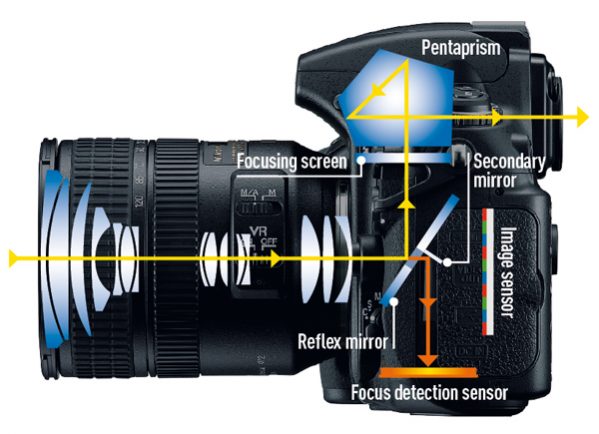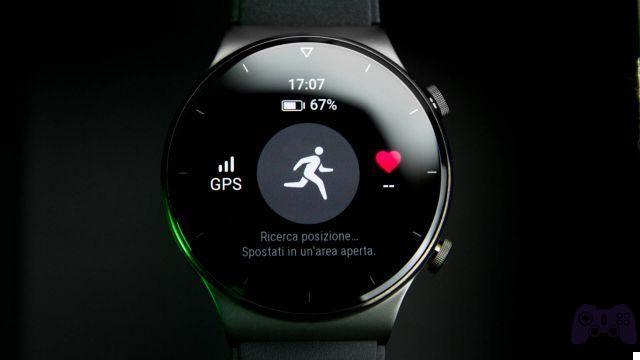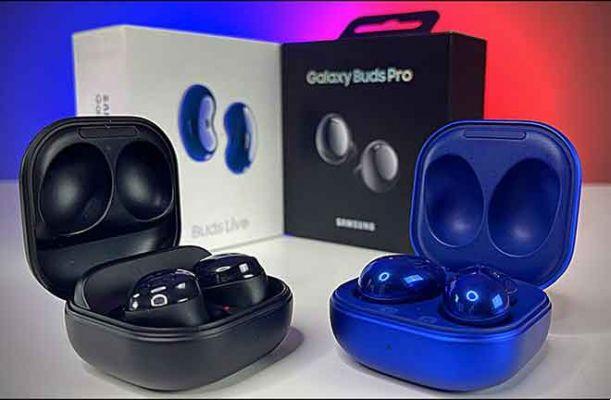
A DSLR or single lens reflex digital camera is an advanced type of digital camera that offers great image quality, high performance levels, and premium-level manual control options - typically much better than what you would get with a camera with a fixed lens on a smartphone. This type of camera uses interchangeable lenses, while a fixed lens camera has a lens built into the camera body and the photographer cannot replace it.
What is openness?
Although photographers of almost all experience levels can purchase and use a DSLR camera, these types of cameras are best for photographers who are experienced with digital photography. Since DSLR cameras can cost anywhere from several hundred to several thousand dollars, they are generally best suited for photographers who are experienced enough to take advantage of their high-end features.
DSLR cameras vs. Mirrorless cameras
However, DSLR cameras aren't the only type of interchangeable lens camera. Another type of interchangeable lens camera, called a mirrorless camera, has a different internal design than a DSLR.
CMOS Image Sensor - What are Image Sensors?
The interior design of the DSLR camera contains a mirror that prevents light from moving through the lens and hitting the image sensor. (The image sensor is the light-sensitive chip inside the digital camera that measures the light in the scene, which is the basis for creating a digital photo.)
When you press the shutter button on the DSLR, the mirror lifts out of its position, allowing light traveling through the lens to reach the image sensor.
A mirrorless interchangeable lens (ILC) camera does not have the mirror mechanism found on the DSLR. Light hits the image sensor continuously.
Shutter speed
Optical viewfinder design
This mirror design has remained from the days of SLR film cameras, where whenever the film was hit by light, it was exposed. The mirror mechanism ensured that this only happens when the photographer pressed the shutter button.
However, with digital cameras that use image sensors, the mirror is not really needed for this purpose.
The mirror allows the DSLR to use an optical viewfinder, as the mirror redirects the light entering the lens upward and into the viewfinder mechanism, meaning you can see actual light from the scene traveling through the lens. This is why you will sometimes hear an optical viewfinder of a DSLR called a viewfinder through the lens (TTL).
A mirrorless camera doesn't use an optical viewfinder, because it doesn't have a mirror mechanism. Instead, if your mirrorless camera includes a viewfinder, it's an electric viewfinder (EVF), which means it's a small viewing screen, showing the same image that appears on the screen on the back of the camera.
These small screens in the viewfinder all have different levels of resolution (i.e. the number of pixels they use in the display), so some photographers don't like some digital viewfinders because they may not have a high resolution.
What are megapixels?
DSLR style cameras
A digital camera model that resembles a DSLR but does not offer a TTL viewfinder or interchangeable lenses is often referred to as a DSLR-style camera. It's a fixed lens camera, but it has a large lens barrel and large camera body that makes it look like a DSLR, both in body design and in camera size and weight.
Such DSLR-style fixed lens cameras tend to have large telephoto capability, which allows them to take long distance photos, such as the Nikon Coolpix P900 and its 83X optical zoom lens.
While these large zoom cameras look like DSLRs, they don't have the high-end picture quality or fast performance levels that even the simplest DSLR has.
What is the best resolution for photo printing?
Further Reading:
- How to connect a DVD recorder to a TV
- Problems with the camera and how to fix
- How does a camera work?
- What is openness?
- What are megapixels?






